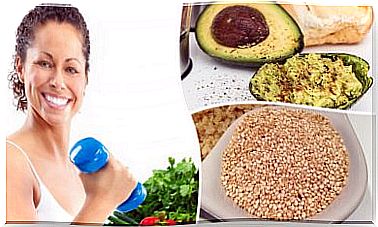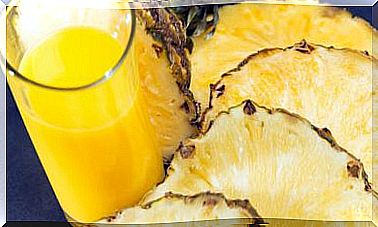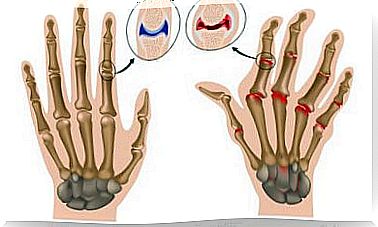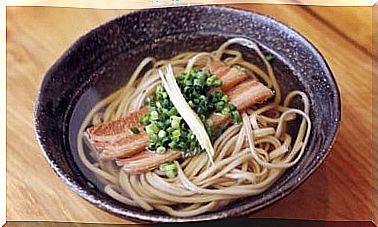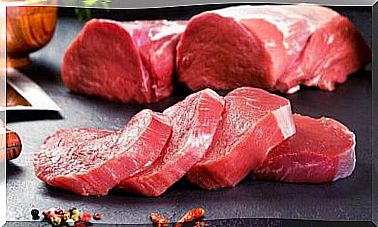Can Eating Pork Skin Be Risky For The Body?
Pigskin is a food that is frequently consumed in many rural towns. Although it is true that its intake in cities is not common, it is a product that has an interesting nutritional value. It is also common to find it in eastern markets, where it is a great delicacy.
What is clear is that practically everything is used from the pig. Depending on the culture, the consumption of some parts or others is more frequent, but even the viscera are plausible for human consumption. Although it should be noted that not all the elements of this animal have the same quality.
How is pork skin prepared?
Pork skin is usually cooked fried. The most common is to prepare it in a pot with butter and let it brown until it forms a crispy crust. For many, these are a delicacy and are known as chicarrón or pork rind from a culinary point of view.
Once prepared, the pork rinds can be served as a single dish or accompany other types of preparations. They are eaten as starters, although they can also act as food to eat between meals. Of course, they have a high energy density.
Nutritional values
As we mentioned, due to the cooking method to which the pig skin is subjected, this food stands out for its caloric contribution. For every 100 grams of product 544 kilocalories are consumed.
We must be careful with this aspect, since an imbalance in the energy balance generates weight gain, something that has been shown to negatively affect general health.
From the point of view of macronutrients, pig skin has a significant fat concentration, presenting 31 grams per 100 grams of feed. Likewise, the protein intake is also important, with 61 grams of high biological value.
As far as micronutrients are concerned, it is worth highlighting the content of vitamins A and B in pork skin. Also the concentration of calcium, magnesium and iron.
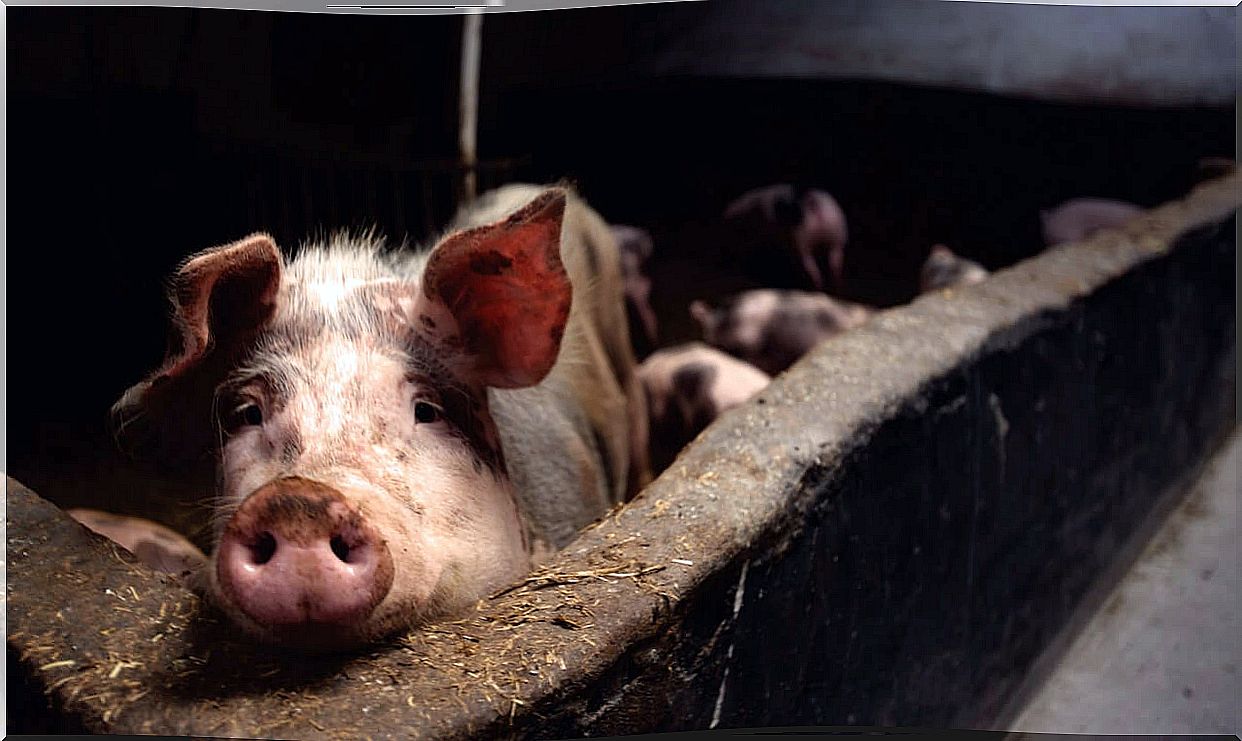
Possible health benefits of pigskin
We are going to discuss the possible health benefits derived from the consumption of pigskin, as well as the position of science in this regard.
Lower risk of developing anemia
Anemia is a pathology that can be conditioned by iron deficiency, thus generating a situation of chronic fatigue, motivated by an inefficient supply of oxygen at the cellular level.
Regular consumption of the mineral reduces the risk of developing the pathology, as stated in a study published in The Medical Clinics of North America.
Greater muscle health
The proteins provided by pigskin are of high biological value and have a good digestibility score. Both conditions guarantee their quality, which is why they are useful to safeguard adequate muscle and lean tissue health.
In this way, the intake of pigskin can contribute to developing hypertrophy processes or to repair the muscles.
Possible risks
The greatest risk of the presence of pigskin in the diet has to do with the way it is cooked. Although the intake of saturated fat and dietary cholesterol is not a relevant health problem, the same is not the case with trans-type lipids.
It must be taken into account that it is almost always consumed fried, which causes a change in the spatial arrangement of the fats, going from cis to trans configuration. According to research published in the journal Diabetes & Metabolic Syndrome , the regular intake of these nutrients is associated with an increased risk of developing chronic diseases, due to the ability of these fatty acids to increase inflammatory processes.
Popularity of the keto diet
It is true that pigskin is a food that has a common presence in many types of ketogenic diets. This is due to its high nutritional density.
It is capable of providing proteins of high biological value in large quantities, as well as monounsaturated lipids and essential micronutrients.
Its configuration makes it a product that easily generates satiety, so it can help increase adherence to various types of food. However, its consumption is not free of risks, especially in the medium term and related to the cooking method.
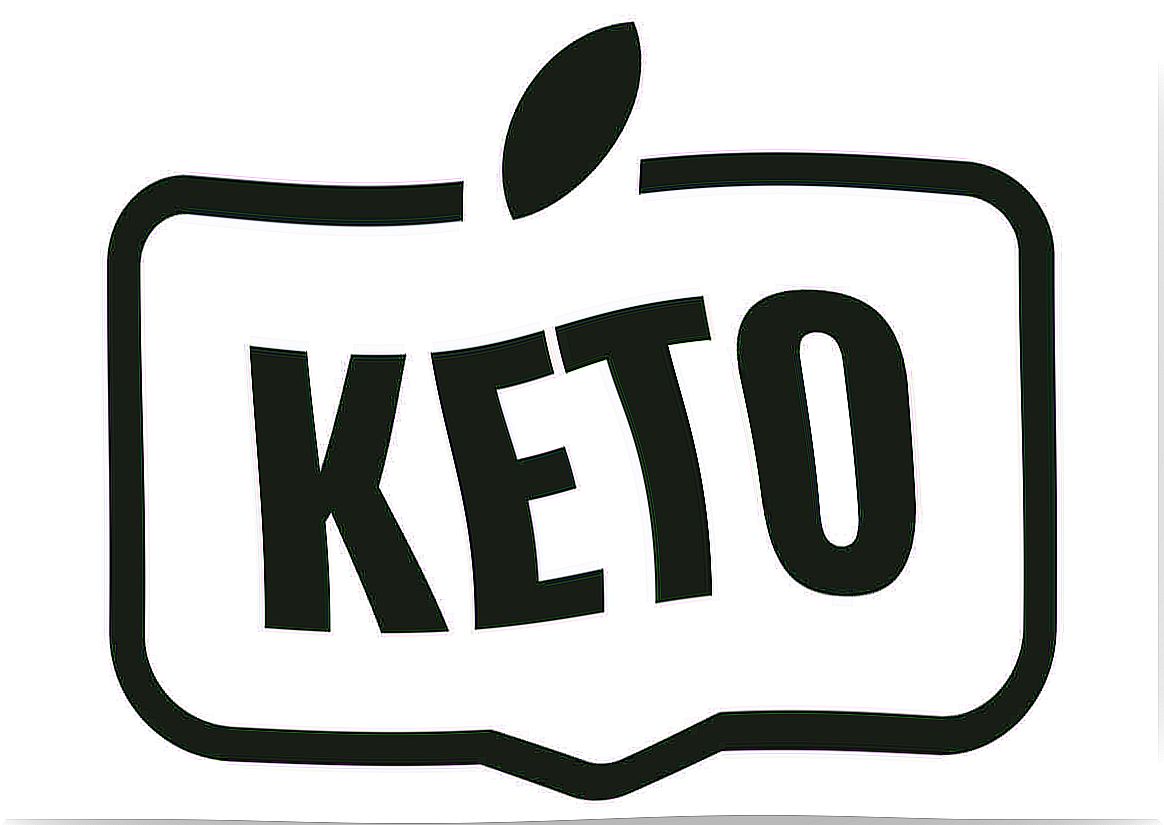
How is it recommended to eat pork skin?
Although frying the pork skin is not recommended, there are other alternative cooking methods that generate greater safety. We are talking, for example, of cooking with water.
It is true that this will not develop a crunchy and greasier surface, but it is much more suitable for the body. It is also possible to find certain recipes that seek to stew this product or cook it at a low temperature, obtaining a much higher quality dish.
Pigskin: a food with high nutritional density
As you have seen, pigskin is a very common food in certain populations, despite the fact that its presence in the diet of the inhabitants of western cities is not common. It is a product that has a high nutritional density, providing proteins of high biological value and fats.
In any case, to get the most out of your health, it is better to opt for a less aggressive cooking method, different from frying. In this way, you will be able to enjoy a final dish with a lower percentage of trans-fatty acids.

